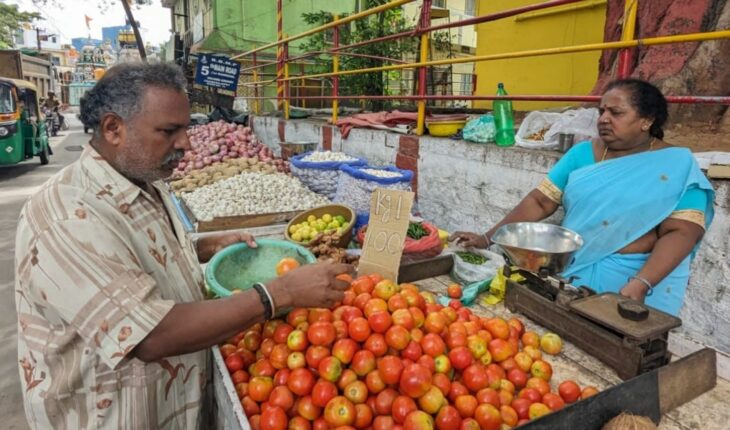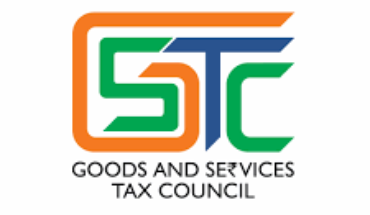Indian households are grappling with soaring prices of essential kitchen staples, presenting a renewed challenge for consumers. The prices of tomatoes, onions, potatoes, tur dal, and rice have witnessed significant increases, putting a strain on household budgets. Tomato prices, in particular, have more than doubled in a month, with the average retail price reaching Rs 53.59 per kilogram on June 29, compared to Rs 24.37 on May 29. Although the rise in onion and potato prices over the same period seems relatively modest at 7.5% and 4.5% respectively, the overall trend of price gains across the food basket reflects underlying inflationary pressures in the economy. The price of tur dal, a vital protein source for vegetarian households, continues to surge, rising by 7.8% month-on-month to Rs 130.75 per kilogram on June 29. Official retail inflation data for May indicated a 31-month high of 6.56% in pulses prices, including tur dal, registering a year-on-year increase of 128 basis points. Despite the government’s imposition of stock limits on urad and tur dal on June 2, price gains in lentils have remained unabated. While seasonal factors and market dynamics influence farm produce prices, the current price levels for various food items, including tomatoes, remain significantly higher compared to the same period last year. With monsoon rains currently 13% below normal levels and the uncertainty surrounding the spatial and temporal distribution of rainfall due to the El Niño phenomenon, there is a real risk of food prices triggering a further acceleration in retail inflation. Policymakers must prioritize efforts to curb inflation, as sustainable inclusive growth depends on maintaining price stability. The Reserve Bank of India’s economists emphasized the importance of price stability in paving the way for high-quality, inclusive economic growth. As such, it is imperative for policymakers to not only acknowledge the inflationary risks posed by rising food prices but also take appropriate measures to mitigate them
Act now as rising food prices pose inflationary risks
Published Date: 01-07-2023 | 2:28 pm





